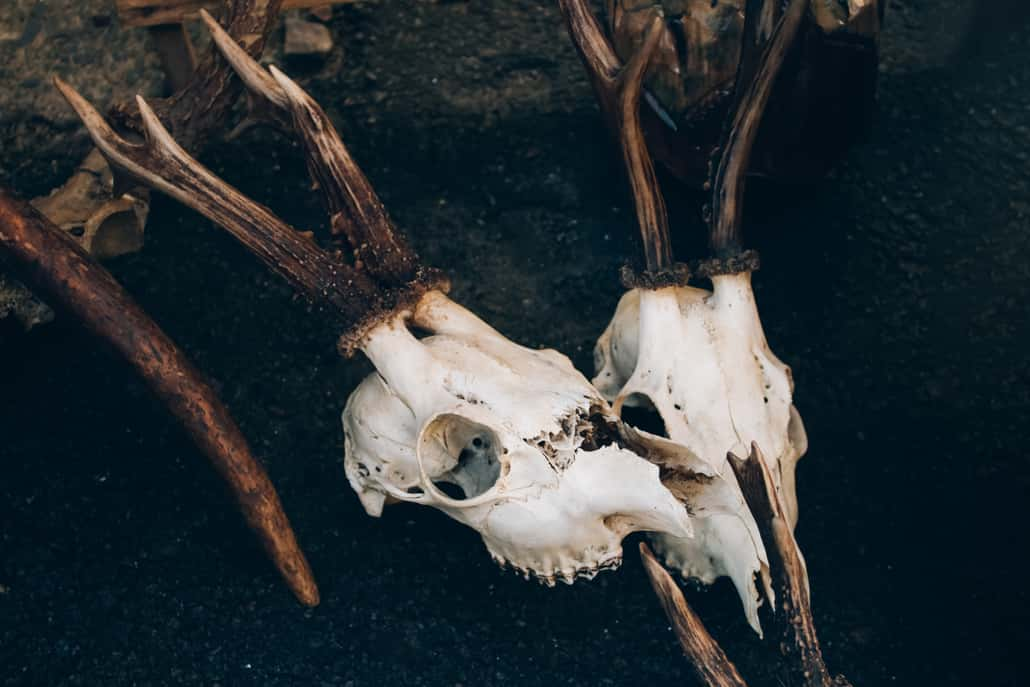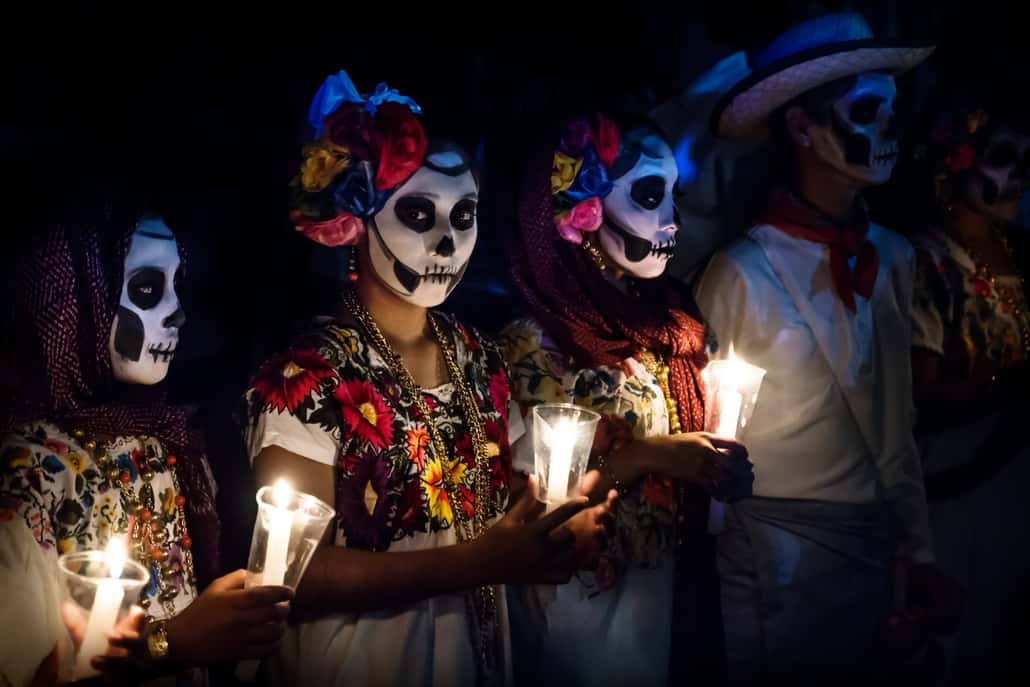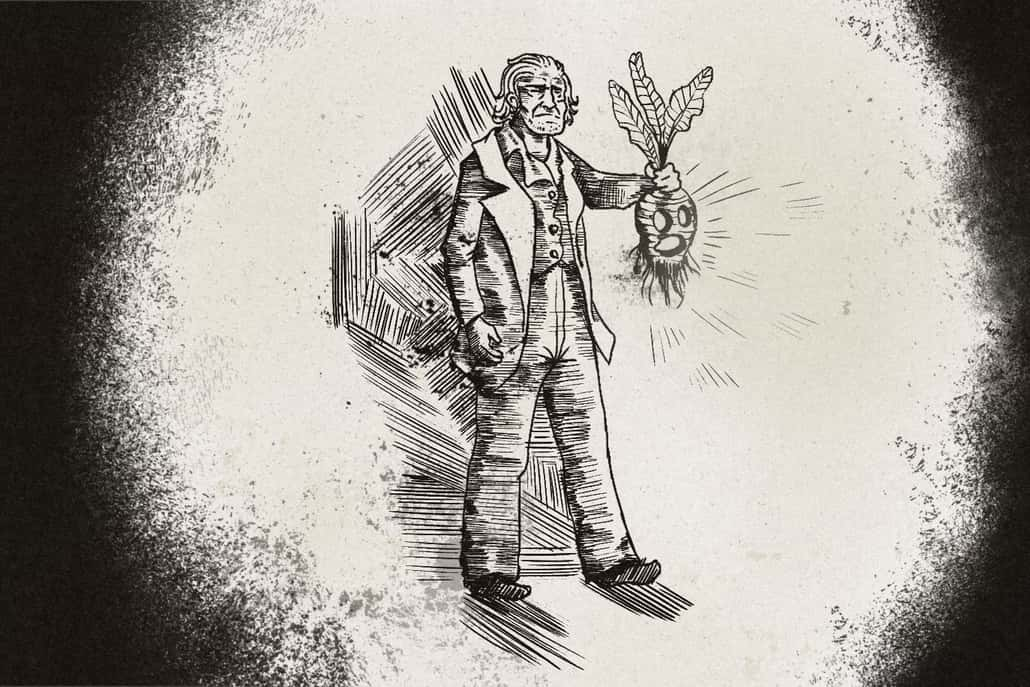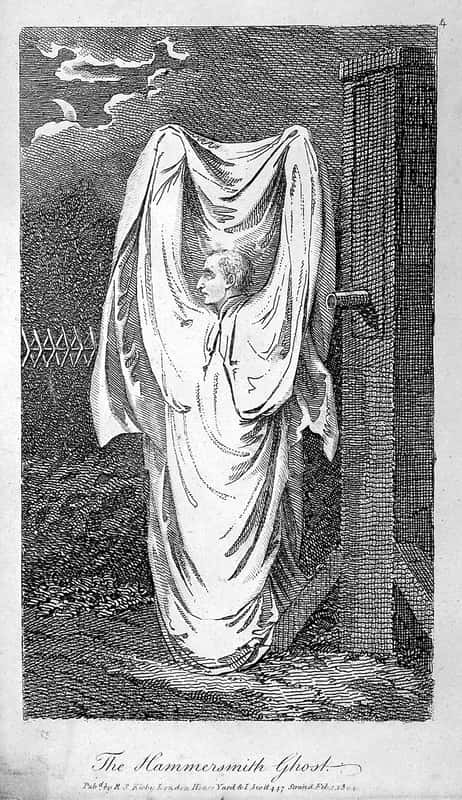The month of October is a celebrated time by many. The summer heat has been replaced with chilling air, and the leaves fall and darken. There’s also anticipation. One night out of the year, ghouls and ghosts slink their way out of the darkness, scouring villages for delicious morsels to feast upon.
What may sound like a horror film is actually the time-honored tradition of Halloween, where children dress up in costumes and ring their neighbor's door in the hopes of being rewarded with candy and treats every October 31st.
Probably one of the most iconic facets of Halloween is bedsheet ghosts, a simple yet effective design that is instantly recognizable. The correlation between Halloween and ghosts themselves has been deep-rooted since the very beginning of the tradition.
And the tradition itself can be found all the way back to the ancient Celtics.
The Celts lived in the regions of modern-day Northern France, the United Kingdom, and Ireland over 2,000 years ago.
October 31st marked the end of the summer and the beginning of the harvest. It also marked the coming days of winter. For the Celts, winter was known as a time of death.
October 31st also marked the eve of their new year. They celebrated with their annual Samhain festival. They built huge bonfires and dressed in costumes made out of animal skins. The bonfires symbolized protection from the hard and cold winters. They made the costumes to protect themselves from the unnatural.

The Celts believed that on the eve of the new year, the barrier between the world of the living and the world of the dead was weakened, allowing spirits and monsters to walk the plains of the earth. They dressed up in costumes to ward off evil spirits, even going so far as to leave food outside their homes at night to appease them. Spirits were known to cause mischief and mayhem on this night. A precursor to what we know to be trick-or-treating.
The Celts continued to celebrate the passing of a new year, but towards the south near the Mediterranean, an empire was forming that would soon alter the fabric of their beliefs and traditions into something else.
By the time Christ had been born and crucified, the Roman Empire had swept through modern-day Europe, conquering the Celts. What came after was an amalgamation of traditions folding and warping in on each other.
The festival of Samhain combined with the Roman festival of Feralia, a day when they commemorated those who have died.
With the fall of the Roman Empire came the rise of Roman Catholicism and an opportunity to eradicate the last remnants of Celtic, pagan tradition. By the 9th century, Christianity had made it to the Celtic lands.
The Church dedicated November 1st to celebrate and honor all the saints and martyrs of the Church. It became known as All Saints Day or All Hallow’s Day. November 2nd soon became known as All Souls Day, a day of honoring all those who have passed.

In association with those two days, Mexico has Día de Muertos, the Day of the Dead. On the 1st and 2nd, they celebrate and honor those who have died by creating an altar for them, then surrounding it with their favorite things. They also have large festivals where they dress up in colorful costumes to honor the dead.
The day usually reserved for Samhain became known as All Hallow’s Eve, the precursor to the name Halloween.
With the discovery of the New World came the pilgrims from Europe and a blend of the dying embers of Celtic and Catholic tradition and Catholic. Autumn meant the start of the harvest, which called for celebration. People hosted parties and told ghost stories – a tradition that would stand the test of time for Halloween.
As the Irish migrated to America to escape the Famine, they too brought with them pagan traditions.
In Ireland, families would carve faces into turnips and potatoes to ward off evil spirits, much as the Celts did ages ago. One of the known entities that they hoped to ward off was that of Stingy Jack.
One night, the Devil came to Jack to claim him. As a last request, Jack offered to buy them both a drink before they departed this realm. In true Jack fashion, he had no intentions to pay. So, he asked the Devil to turn into a coin so he could buy the drinks. With the devil coin in hand, Jack confidently placed it in his pocket next to a cross.
Jack had bested the Devil, and in return for his freedom, Jack asked him not to go after him for ten years. The Devil agreed, and when ten years passed, he returned for Stingy Jack.
He had another one last request to make of the Devil, a snack for the road. Despite his better judgment, the Devil gave in to his request and climbed a tree to fetch an apple. While the Devil was high above the ground, Jack carved a cross into the tree.
With the Devil trapped once again, Jack made another deal. For his freedom, the Devil must promise never to return to take his soul. With no other choice, the Devil agreed. Jack’s soul was free to meet his maker at the Gates of Heaven when he died. Yet, when Jack did finally die, Heaven had no want of Jack’s wicked soul. Neither did Hell as the Devil kept his promise.

Jack’s soul was forced to walk to the plains of the Earth for eternity. In mockery, the Devil tossed Jack a lump of coal from Hell, a reminder of his victory over him. Jack carved out a turnip and placed the coal inside to create a lantern.
Folks around Ireland began to see his ghostly light in the distance, either to lead lost people home or to their deaths. He became known as Jack of the lantern, a phrase that has been shortened into the now-iconic jack-o’-lantern.
When the Immigrants came to America, they began to use pumpkins to carve and ward off evil spirits. After all, pumpkins were easier to use than turnips or potatoes.
It would seem, through thousands of years of tradition and beliefs, Halloween wouldn’t have existed if it weren’t for the telling of ghost stories. Yet, one tale has yet to be told.
Why white bedsheets to signify ghosts?
The journey to the commonly recognizable bedsheet ghost is fascinating, albeit somewhat complex.
Between the 15th and 18th centuries, a method of burial became heavily popularized. When a person died, they were wrapped in a white burial shroud to be buried. The wealthy were placed in a coffin with the shroud, while the poor were buried with no coffin.
With so many people being buried in shrouds, people began to report seeing apparitions in white sheets. With this trend of billowing spirits rising, thieves also began wearing white shrouds to scare people away and steal their valuables.
One event that helped to formally solidify the idea of ghosts and sheets was the phenomenon of the Hammersmith Ghost.
In the Hammersmith district of London in November of 1803, reports started to come in about a ghost in a white shroud attacking citizens. In the coming months, hunting parties roamed the district in search of the phantom menace.
It was in January of 1804 that Thomas Millwood had the unfortunate sense to wear all white one day as well as running into officer Francis Smith. Believing that he had found the Hammersmith Ghost, Smith did what any rational human would do when coming into contact with a spirit from beyond the grave.

He took out his gun and shot it dead... again.
Francis Smith’s trial was just as much a spectacle as the Hammersmith Ghost. A man mistaking another man for a ghost and then shooting him is surprisingly not as common as one would think. The real morbid punch line of the whole affair was that the ghost was a hoax from the very beginning, made by a shoemaker named John Graham.
Yet, with so much publicity being covered on the case and the Hammersmith Ghost, the description of a ghost wrapped in white sheets was firmly cemented in the minds of the public.
The theatre took this in droves with its depiction of ghosts. Beforehand, ghosts on the stage normally wore armor to represent an otherworldly figure from another time. It’s difficult to believe Hamlet’s father told his son to take revenge in clanky armor.
They began to dress ghosts in white, billowing clothes, much like the Hammersmith Ghost described. This was widely popular in American and British theatre throughout the 19th century, which brings us to the turn of the 20th century and the boom of modern Halloween.
In the early 1900s, costumes were not yet commercially available or mass-produced like today. That wouldn’t be until the 1950s. Children usually made their own costumes.
A quick, simple, and cheap costume was a ghost. You just had to take a white sheet and put it over you. However, it was somewhat difficult to go trick-or-treating when you couldn’t see.
The easy solution? Cut out eye holes.
And thus, you have the invention of the bedsheet ghost. Yet, another question comes to mind.
Do you think the Celts ever dressed up in bedsheets?